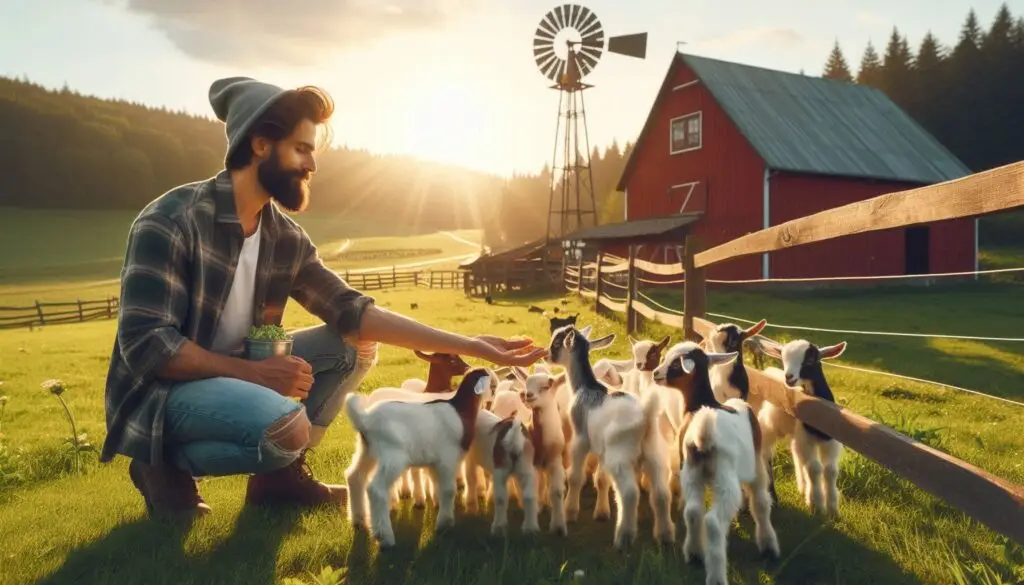Understanding Animal Husbandry

Animal husbandry is a crucial aspect of agriculture that involves the breeding and care of livestock for various purposes, including food production, clothing, and companionship. This comprehensive guide will explore the different facets of animal husbandry, including its significance, types, educational pathways, career opportunities, and the future of the field.
What is Animal Husbandry?
Animal husbandry refers to the management and care of livestock. It encompasses a wide range of practices aimed at improving the quality and productivity of animals raised for food, fiber, and other products. The primary goal is to ensure the health and well-being of the animals while maximizing their output.
Importance of Animal Husbandry
Animal husbandry plays a vital role in food security and economic stability. It provides a significant source of protein through meat, milk, and eggs. Additionally, it contributes to the livelihood of millions of farmers worldwide. The practice also supports various industries, including pharmaceuticals, textiles, and biofuels.
Types of Animal Husbandry
Animal husbandry can be categorized into several types based on the animals involved and the products obtained. Here are the main types:
1. Dairy Farming
Dairy farming focuses on the production of milk and dairy products. Cows, goats, and sheep are commonly raised for this purpose. The dairy industry is crucial for providing essential nutrients to the population.
2. Poultry Farming
Poultry farming involves raising birds such as chickens, ducks, and turkeys for meat and eggs. This type of animal husbandry is popular due to the high demand for poultry products.
3. Livestock Farming
Livestock farming includes the raising of animals like cattle, pigs, and sheep for meat production. This sector is essential for meeting the global demand for meat.
4. Aquaculture
Aquaculture is the farming of fish and other aquatic organisms. It is an increasingly important source of protein and helps alleviate pressure on wild fish populations.
5. Apiculture
Apiculture, or beekeeping, involves the maintenance of bee colonies for honey production and pollination services. Bees play a critical role in agriculture by pollinating crops.
Educational Pathways in Animal Husbandry
Degree Programs
Animal husbandry programs are available at various educational levels, including:
- Certificate Programs: These programs provide foundational knowledge and skills for entry-level positions in animal care.
- Associate Degrees: An associate degree offers more in-depth training and prepares students for technical roles in animal husbandry.
- Bachelor’s Degrees: A bachelor’s degree in animal husbandry or a related field combines theoretical knowledge with practical experience. Students learn about animal nutrition, breeding, and health management.
- Master’s Degrees: Graduate programs focus on advanced research and specialized topics within animal husbandry.
- Doctoral Programs: Ph.D. programs in animal science allow for extensive research and academic careers in the field.
Course Topics
Common subjects covered in animal husbandry programs include:
- Animal nutrition and feeding practices
- Breeding and genetics
- Animal health and disease management
- Livestock production systems
- Animal welfare and behavior
- Dairy technology and poultry science
Career Opportunities in Animal Husbandry
Graduates of animal husbandry programs can pursue diverse career paths. Some common job titles include:
- Animal Scientist: Conducts research to improve animal health and production.
- Veterinarian: Diagnoses and treats animal diseases and injuries.
- Farm Manager: Oversees the daily operations of a farm, including animal care and production.
- Animal Nutritionist: Develops feeding plans to ensure optimal health and productivity of livestock.
- Livestock Buyer: Purchases animals for farms or processing plants.
Job Outlook and Salary
The job outlook for animal husbandry professionals is promising. According to the U.S. Bureau of Labor Statistics, the demand for veterinary technicians and technologists is expected to grow by 16% from 2019 to 2029. Salaries vary based on position and experience, with animal scientists earning an average of $74,230 per year and veterinarians earning around $122,960 annually.
Challenges in Animal Husbandry
Despite its importance, animal husbandry faces several challenges, including:
- Animal Welfare Concerns: Ethical treatment of animals is a growing concern among consumers and organizations.
- Sustainability Issues: The environmental impact of livestock farming, including greenhouse gas emissions and land degradation, is a significant challenge.
- Disease Management: Outbreaks of diseases can have devastating effects on livestock populations and the economy.
The Future of Animal Husbandry
The future of animal husbandry will likely involve advancements in technology and sustainable practices. Innovations such as precision farming, genetic engineering, and improved animal health management systems will enhance productivity while addressing environmental concerns.
Conclusion
Animal husbandry is a vital component of agriculture that significantly impacts food production and rural economies. With a growing demand for animal products, the field offers numerous opportunities for education and career advancement. By focusing on sustainable practices and animal welfare, the industry can continue to thrive and meet the needs of a changing world.
For more pearls of Vets Wisdom:
https://wiseias.com/partitioning-of-food-energy-within-animals/






Responses